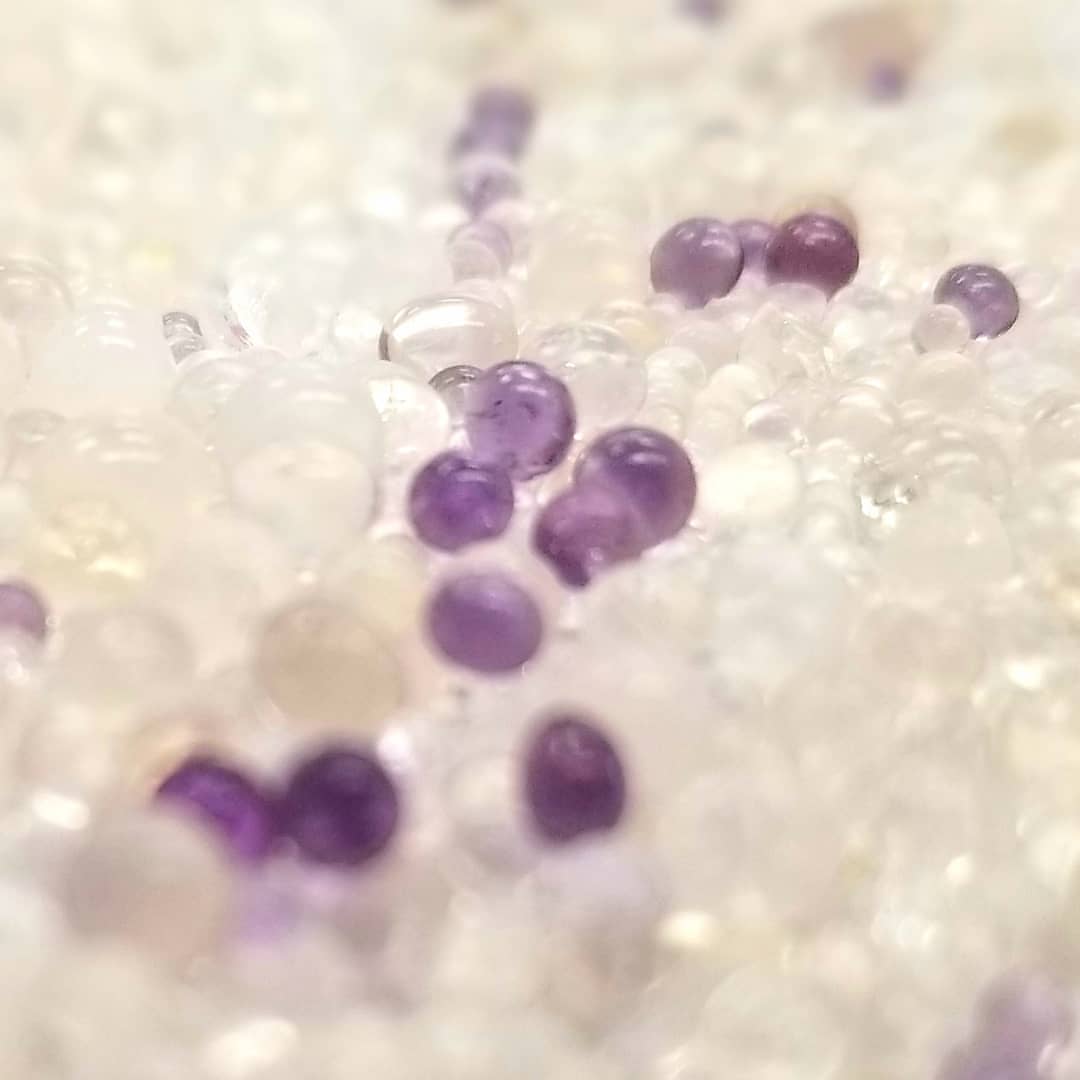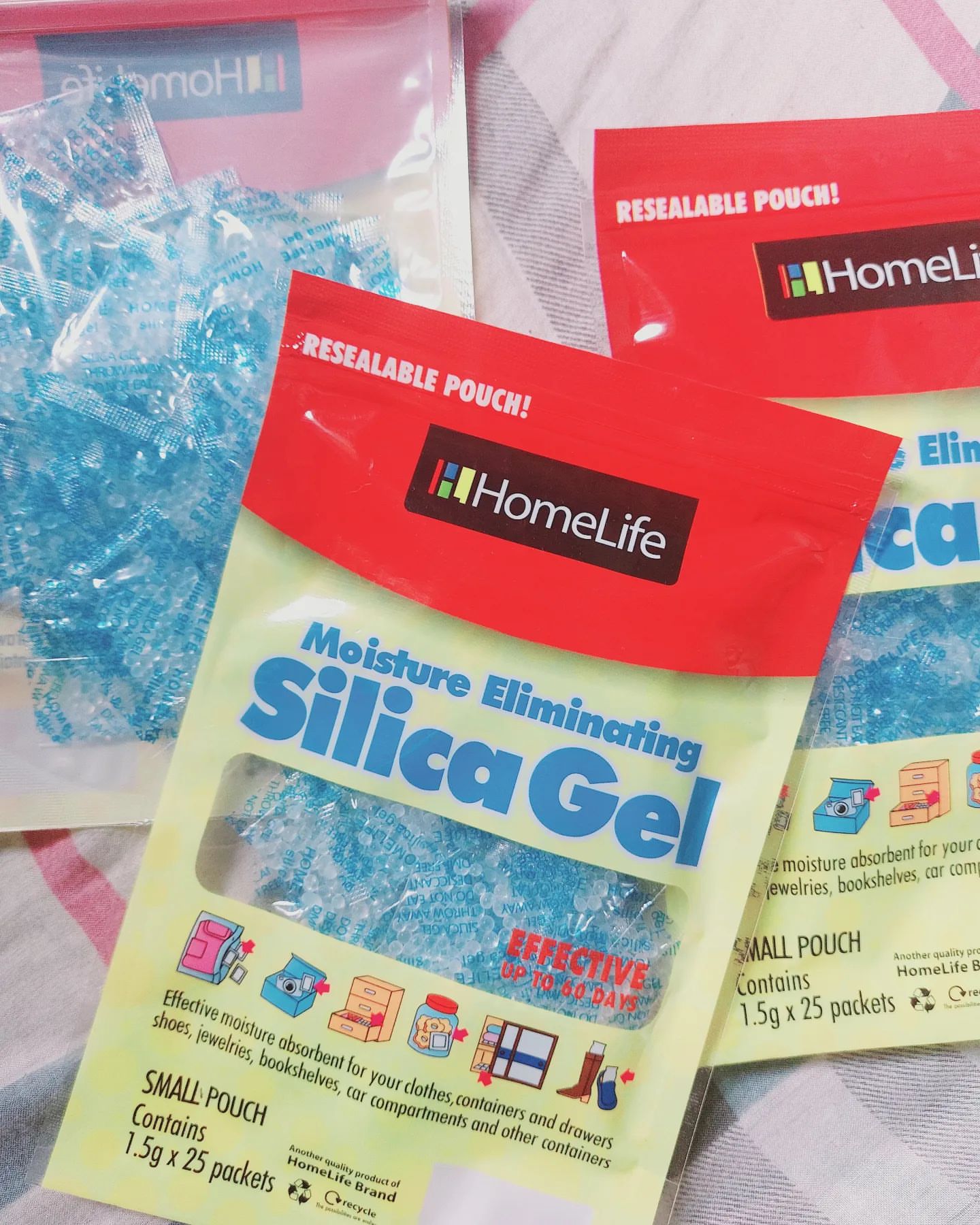As responsible pet owners, we prioritize the health and well-being of our beloved furry friends. We understand the curious nature of dogs, with their inquisitive noses and a tendency to explore the world around them through chewing. It’s essential for us to be vigilant and knowledgeable about potential hazards that could pose a threat to our canine companions. One such item that often grabs our attention is silica gel, commonly found in product packaging. In this blog post, we will address the pressing question, “Can dogs eat silica gel?” and explore the associated risks. By understanding the dangers and taking necessary precautions, we can ensure the safety of our dogs and provide them with a healthy environment they deserve.
What is Silica Gel?
Silica gel is a desiccant which means it has the ability to absorb moisture from its surroundings despite its name silica gel is not a liquid or a gel like substance but rather a granular or bead like material it is composed of silica dioxide a naturally occurring mineral that is processed into small porous granules.
Silica gel is commonly found in various products and packaging especially those that need protection against moisture damage it is often packaged in small packets or sachets and inserted into product containers such as shoeboxes electronics medication bottles or food packages.
The appearance of silica gel, resembling tiny beads or crystals, can be misleading to dogs. Due to their innate curiosity and tendency to explore with their mouths, dogs may mistake the silica gel packets as toys or treats, leading to potential ingestion risks.

Why is Silica Gel Used in Packaging?
Silica gel plays a vital role in product packaging, primarily due to its moisture-absorbing properties. Moisture can degrade the quality and effectiveness of various products, including electronics, leather goods, and food items. Silica gel acts as a moisture absorber, reducing humidity levels and preventing moisture-related damage.
By absorbing excess moisture silica gel helps preserve the freshness integrity and shelf life of products it prevents the growth of mold mildew and bacteria which can lead to spoilage or deterioration silica gel is particularly useful in preserving the quality of items that are sensitive to moisture such as electronics pharmaceuticals and certain types of food.
It is important to note that silica gel is intended solely for product protection and should never be ingested while it serves a valuable purpose in preserving the quality of goods it is not designed for consumption by humans or animals therefore it is crucial to keep silica gel packets away from the reach of pets to avoid potential health risks.

You may like: Why does my golden retrievers pant so much?
Potential Risks and Symptoms:
Silica gel may pose various risks to dogs if ingested, ranging from gastrointestinal issues to potential blockages or irritation. It is important to be aware of these risks to ensure the well-being of our furry friends. Here are some potential risks and symptoms to watch out for:
- Gastrointestinal Blockage: Silica gel packets can present a choking hazard or cause blockages in the digestive tract if consumed by dogs. The small size and texture of the beads can make them difficult to pass through the gastrointestinal system.
- Gastrointestinal Irritation: Ingesting silica gel may irritate the delicate lining of a dog s digestive system this can lead to discomfort inflammation and potential damage to the gastrointestinal tract.
- Common Symptoms: If your dog has accidentally ingested silica gel, it is essential to be vigilant and observe any unusual signs or symptoms. Common symptoms to watch out for include vomiting, diarrhea, excessive drooling, abdominal discomfort, loss of appetite, lethargy, or changes in behavior.
In case any of these symptoms are observed, it is crucial to contact a veterinarian immediately. Professional guidance can help assess the severity of the situation and provide appropriate advice or medical treatment for your dog’s well-being.

Precautions and Safety Measures:
Prevention is key when it comes to keeping our dogs safe from the potential risks associated with silica gel here are some precautions and safety measures to consider.
- Storage: Store items containing silica gel, such as shoes, electronics, or packaged products, in secure locations that are out of your dog’s reach. Avoid leaving them within easy access, especially in areas where your dog spends time unsupervised.
- Inspection: Before bringing any product packaging into your home, thoroughly inspect it for signs of damage or loose silica gel packets. If you notice any tears, punctures, or openings in the packaging, it is best to dispose of it properly and avoid exposing your dog to potential ingestion risks.
- Disposal: Promptly dispose of any damaged or opened silica gel packets. Seal them in a sturdy plastic bag or container and discard them in a trash receptacle that is inaccessible to your dog.
By implementing these precautions and safety measures, you can significantly reduce the chances of your dog encountering and ingesting silica gel. Remember, a proactive approach is crucial in safeguarding your dog’s well-being and ensuring their safety in the household environment.
You may like: How far can a 12 week old puppy walk?
What to Do if Your Dog Eats Silica Gel:
Accidents happen, and if your dog accidentally ingests silica gel, it’s important to take prompt action. Here’s a step-by-step guide on what to do if your dog eats silica gel:
- Stay Calm: While it’s natural to feel alarmed, try to stay calm. Your dog can pick up on your emotions, so maintaining a composed demeanor will help keep the situation under control.
- Remove Any Remaining Silica Gel: If you notice any silica gel still present in your dog’s mouth, gently remove it to prevent further ingestion.
- Contact Your Veterinarian: Immediately contact your veterinarian for professional advice. They are the best resource to assess the situation and guide you through the appropriate steps to ensure your dog’s well-being.
- Provide Information: Be prepared to provide your veterinarian with details regarding the amount of silica gel your dog may have ingested, the time of ingestion, and any observed symptoms. This information will assist the veterinarian in making an accurate assessment.
- Follow Veterinary Guidance: Follow the instructions provided by your veterinarian. They may recommend observation at home, additional diagnostic tests, or a visit to the veterinary clinic depending on the severity of the situation.
- Do Not Induce Vomiting: It is crucial not to induce vomiting without professional guidance. Silica gel may not be easily expelled through vomiting, and attempting to induce it without proper knowledge can potentially cause harm or complications.
Remember, your veterinarian is the best source of guidance in situations like these. They have the knowledge and experience to provide the appropriate care and advice specific to your dog’s condition.

Safe Alternatives for Moisture Control:
While silica gel is commonly used for moisture control, there are alternative methods that can be safer for our dogs. Consider the following options:
- Airtight Containers: For storing items sensitive to moisture, such as electronics or important documents, opt for airtight containers. These containers create a barrier that prevents moisture from entering, eliminating the need for silica gel.
- Desiccant-Free Products: Look for products that are labeled as desiccant free or moisture sealed these products have alternative moisture control measures in place that do not involve the use of silica gel.
- Natural Alternatives: In certain situations, natural alternatives can help absorb excess moisture. Uncooked rice or uncooked oats placed in a breathable pouch or sock can act as a moisture absorber. However, ensure that these natural alternatives are kept out of your dog’s reach to prevent ingestion.
- By exploring these safe alternatives, you can effectively control moisture without exposing your dog to potential risks associated with silica gel ingestion. Always prioritize the safety and well-being of your furry friend when considering moisture control methods.

Conclusion:
In conclusion, it is crucial to acknowledge that dogs should not eat silica gel due to the potential health risks involved. While silica gel itself is not inherently toxic, the packets may contain additives or indicators that can be harmful if ingested. As responsible pet owners, it is our duty to prioritize the safety and well-being of our furry companions. By taking necessary precautions and being aware of the potential symptoms and risks associated with silica gel ingestion, we can ensure that our dogs live long, healthy lives.
To protect our dogs from the dangers of silica gel, it is important to store items containing silica gel in secure locations, out of their reach. Thoroughly inspect product packaging for any signs of damage or loose silica gel packets before bringing them into the house. Promptly dispose of any damaged or opened silica gel packets to prevent accidental ingestion.
If you suspect that your dog has consumed silica gel, stay calm and contact your veterinarian immediately. They can provide professional guidance and advice tailored to your dog’s specific situation. It is essential not to induce vomiting without professional guidance, as it may cause further complications.
By being proactive and knowledgeable about the risks associated with silica gel, we can create a safe environment for our dogs and minimize the chances of accidents. Let’s prioritize the well-being of our furry companions and ensure they lead happy, healthy lives free from potential hazards like silica gel ingestion.





